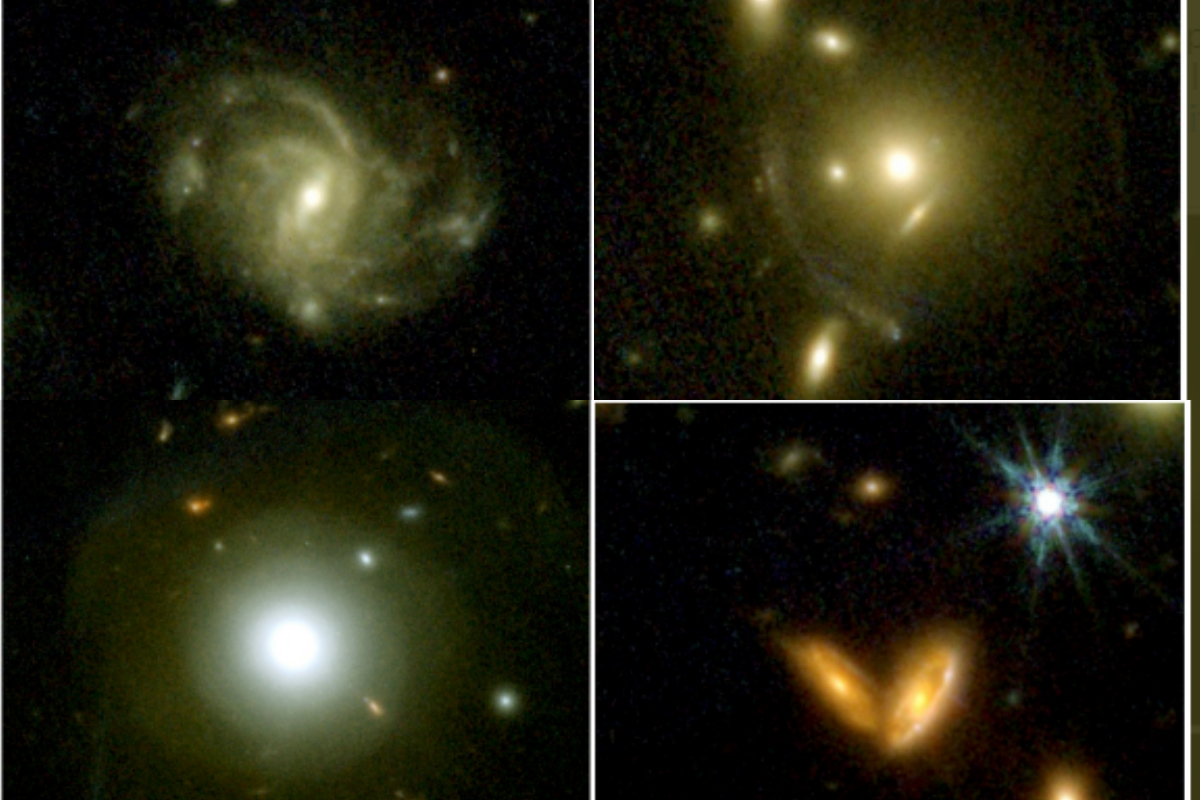- The public can now view the initial COSMOS-Web images.
- COSMOS-Web images is the largest project for the James Webb Space Telescope (JWST).
- Twitter page of the College of Natural Sciences and have received several comments
The largest project of the James Webb Space Telescope, COSMOS-Web, shared gravitational lensing, galaxy merger, and spiral galaxy images.
They provide an intriguing look at a variety of galaxies, including gorgeous spiral galaxies, gravitational lensing, and proof of galaxy mergers. The images were shared on the official Twitter page of the College of Natural Sciences and have received several comments and more than 100 likes since being posted.
The largest project of the James Webb Space Telescope, COSMOS-Web, shared gravitational lensing, galaxy merger, and spiral galaxy images.
The public can now view the initial COSMOS-Web images, the largest project for the James Webb Space Telescope (JWST). They provide an intriguing look at a variety of galaxies, including gorgeous spiral galaxies, gravitational lensing, and proof of galaxy mergers.
The Near-Infrared Camera (NIRCam) and Mid-Infrared Instrument (MIRI) of the JWST took mosaic images in early January, according to the University of Texas at Austin, College of Natural Sciences, which were made available by researchers from the COSMOS-Web initiative.
Co-principal investigator of COSMOS-Web and associate professor of astronomy at the University of Texas at Austin, Caitlin Casey, stated, “This first snapshot of COSMOS-Web contains about 25,000 galaxies — an astonishing number larger than even what sits in the Hubble Ultra Deep Field. It’s one of the largest JWST images taken so far. And yet it’s just 4 percent of the data we will get for the full survey. When it is finished, this deep field will be astoundingly large and overwhelmingly beautiful.”
“Huzzah! First images from @NASAWebb’s largest year-1 program (COSMOS-Web) show dazzling spiral galaxies, gravitational lenses, and galaxy mergers,”The images were shared on the official Twitter page of the College of Natural Sciences.
🚨 Huzzah! First images from @NASAWebb’s largest year-1 program (COSMOS-Web) show dazzling spiral galaxies, gravitational lenses and galaxy mergers. https://t.co/OyojS02ayY @astrocaits @UTAstronomy @UTAustin pic.twitter.com/sgnjhafMgp
— NaturalSciences @ UT (@TexasScience) March 9, 2023
On March 9, people shared this article. It has received several comments and more than 100 likes since being posted.
[embedpost slug=”/read-viral-rare-albino-deer-caught-attention-of-netizens/”]





















